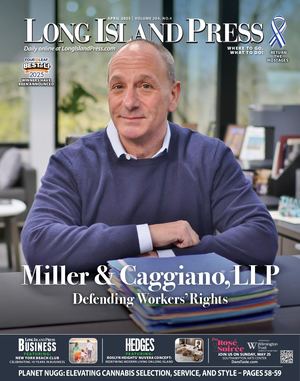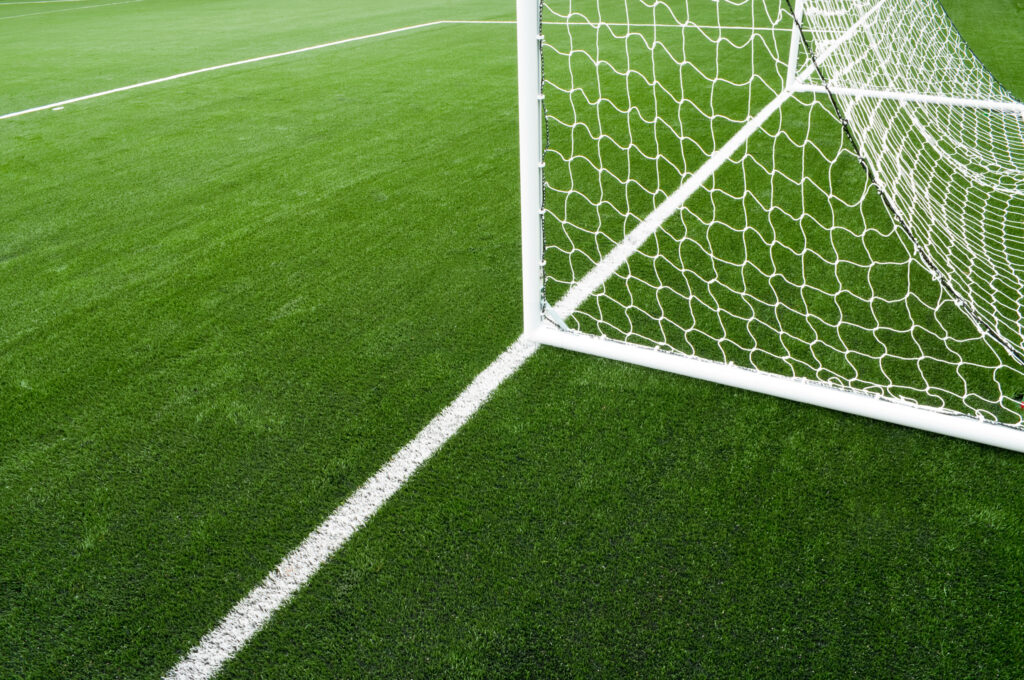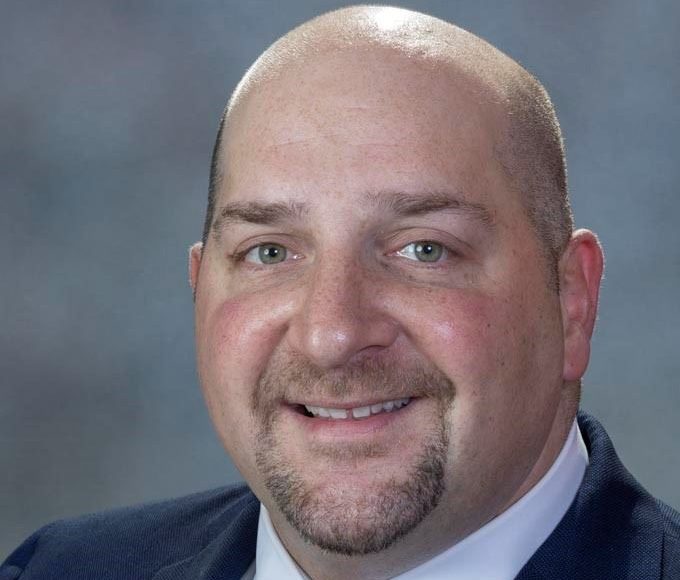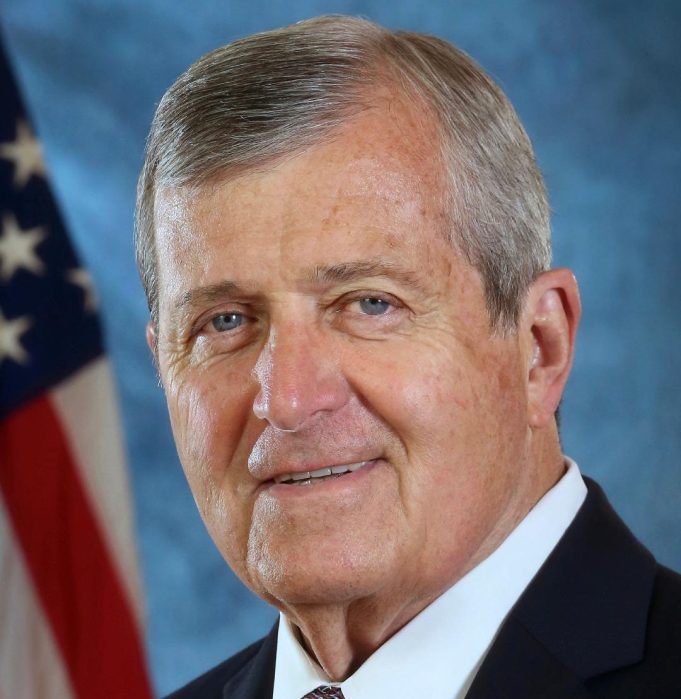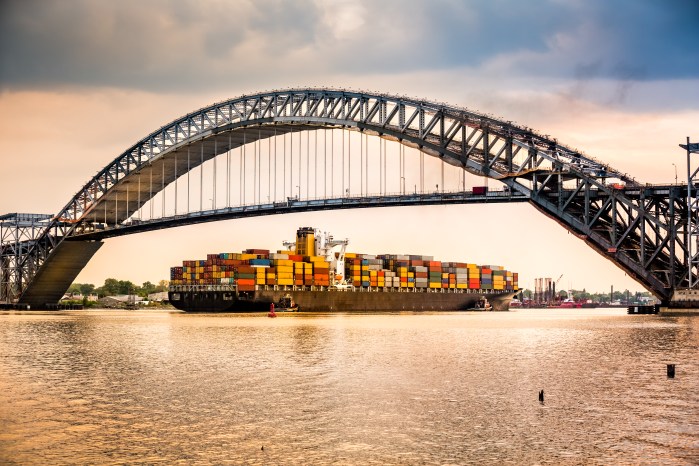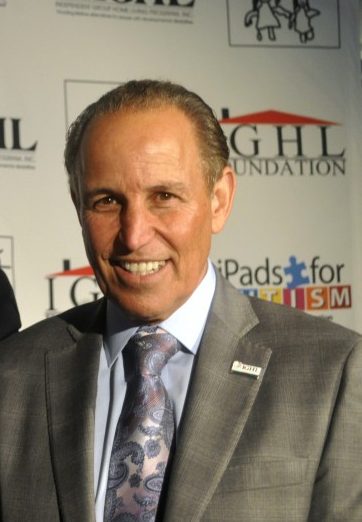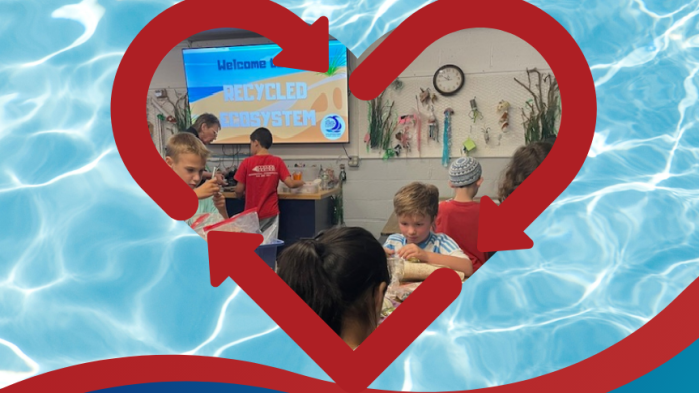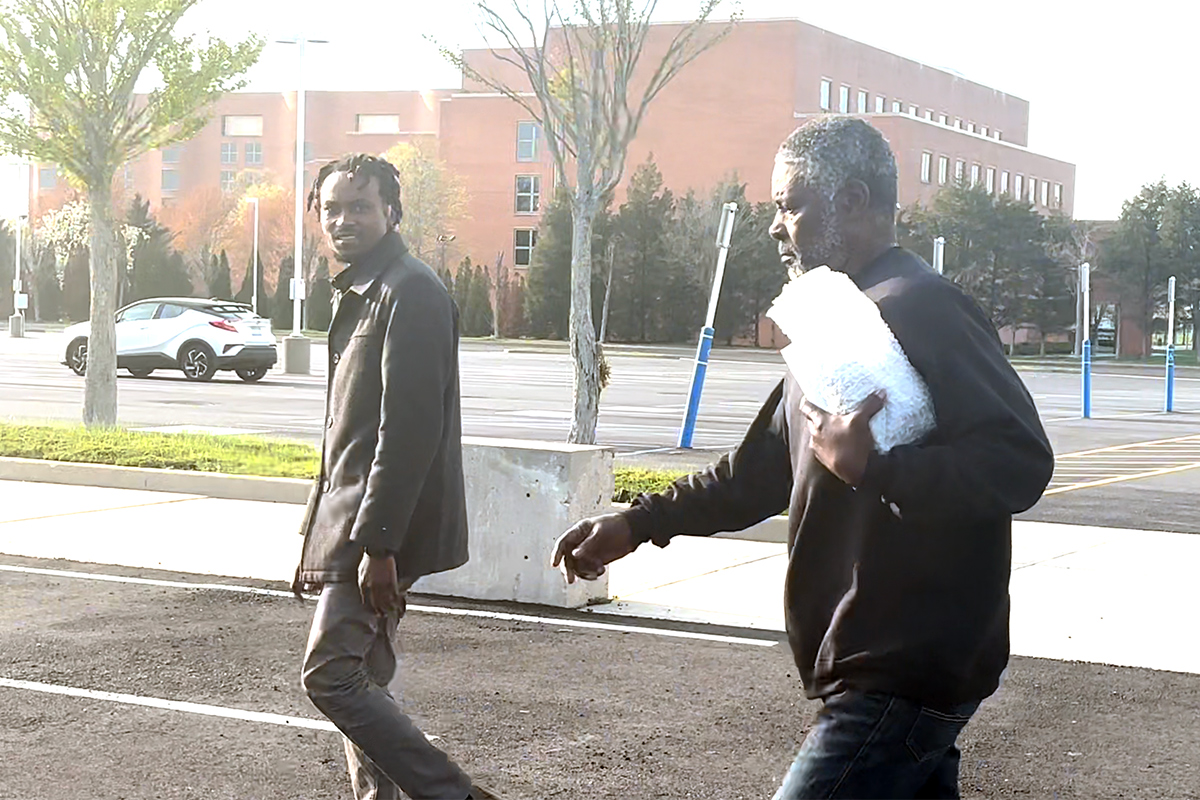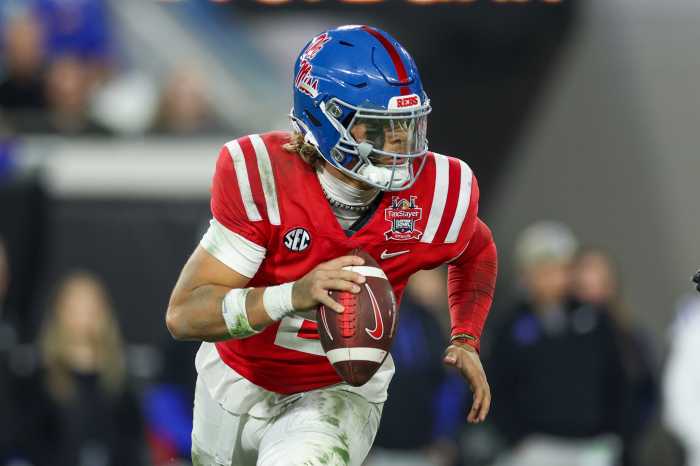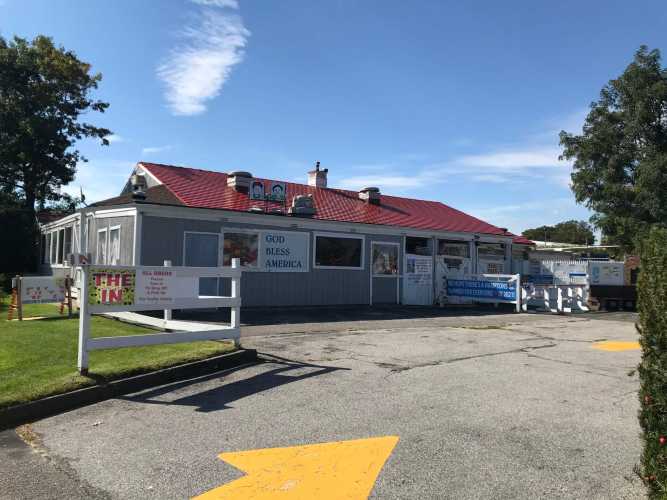Patti Wood, executive director of Grassroots Environmental Education, based in Port Washington, was pivotal several years ago to the rejection in a referendum in Sag Harbor of its school district’s plan to spend $1.8 million on installing playing fields with artificial turf.
Wood detailed the downsides of artificial turf—sometimes called synthetic turf or plastic grass—at a public hearing in 2016, and although voters originally supported the plan, in a second vote, they turned it down.
Still, a push continues on Long Island—indeed across the U.S.—for artificial turf. An estimated 12,000 artificial turf fields now exist in the nation and 1,200 are being installed annually.
This year, the Town of Oyster Bay installed four artificial turf ballfields, three at Abe Levitt Park in Hicksville and one at James “Pops” Sabellico Memorial Park in Farmingdale. They replaced grass fields. Town Supervisor Joseph Saladino said the town was “happy to upgrade” the fields.
Dominick Pannitti, commissioner of Plainedge Youth Baseball League, said: “Hands down having a turf field looks 100 times better” and “the maintenance is a lot less.”
Monica Mercola, staff counsel of the organization Public Employees for Environmental Responsibility, says “unfortunately, artificial turf fields continue to be installed across Long Island, including in Massapequa, East Meadow, Lynbrook and elsewhere.”
“Slowing down the spread of artificial turf is a difficult task as turf manufacturers and their hired lobbyists and for-pay scientists actively work to greenwash this dangerous product,” she says.
“Artificial turf manufacturers often claim their products are ‘sustainable,’ ‘eco-friends’, or even ‘plant-based.’ This is just plain wrong,” she says. “Artificial turf is terrible for the environment, the climate and for the health of people and wildlife.”
Also, “once a synthetic field needs to be replaced, which occurs every 8-10 years, the old turf is sent to a landfill, incinerated or illegally dumped.”
Kyla Bennett, director of science policy at Public Employees for Environmental Responsibility, a Ph.D, and J.D., says: “The things that are wrong with it are plentiful.” She relates how artificial turf emits carbon dioxide and methane, cannot be recycled, and causes “worse injuries for the athletes on them than natural grass.”
Bennett says government on the federal level “has not been doing what it should be doing” about artificial turf. But communities and several states have been taking action, she says.
Grassroots Environmental Education on its website features information on various environmental issues and about artificial turf says: “The benefits of synthetic turf, as touted by their manufacturers, include 24/7 use, all-weather play, a safer surface resulting in fewer injuries, and a maintenance-free field with no need for mowing, pesticides, fertilizers, etc. This pitch makes the allure totally understandable. The emerging science presents a more sobering reality. A typical field utilizes crumb rubber infill from as many as 40,000 recycled tires, 100-120 tons. Tires are made from some very toxic chemicals, including the known carcinogens arsenic, benzene, carbon black which (makes up to 40% of a tire), 1,3 butadiene, TCE, and cadmium, as well as neurotoxins, lead and mercury. Crumb rubber dust and small pieces are easily inhaled or swallowed as they become disturbed during gameplay.”
And “there are a growing number of reports of higher than usual cases of lymphoma and leukemia among athletes playing on synthetic turf.”
“Statistics show that injuries are actually more common on synthetic turf surfaces,” it says. The hardness “makes injuries more likely and more severe. Common injuries include joint trauma especially ankles and knees, concussions… These are some of the reasons that the majority of professional athletes prefer natural grass.”
“Then there are heat issues. Studies from Brigham Young University showed that synthetic turf averaged 37 degrees hotter than asphalt and 86.5 degrees hotter than natural grass. On a hot sunny day, synthetic fields can reach a temperature of 180-200 degrees.”
“Additional concerns about the eventual disposal of artificial fields, potential legal liability, heat island effects and the loss of environmentally beneficial natural turf, which sequesters carbon dioxide and reduces global warming have convinced many decision makers to reconsider plans for synthetic turf fields.”
“It’s a terrible mistake to use artificial turf,” says Judith Enck, president of the organization Beyond Plastics and for seven years regional administrator of the U.S. Environmental Protection Agency for an area that includes New York State. Before that, she was deputy secretary for the environment for two New York governors. “It’s not good for kids,” says Enck. “A lot of the chemicals in it are really disturbing.” And she cites the climate change connection. She says the right course “is real grass.”
